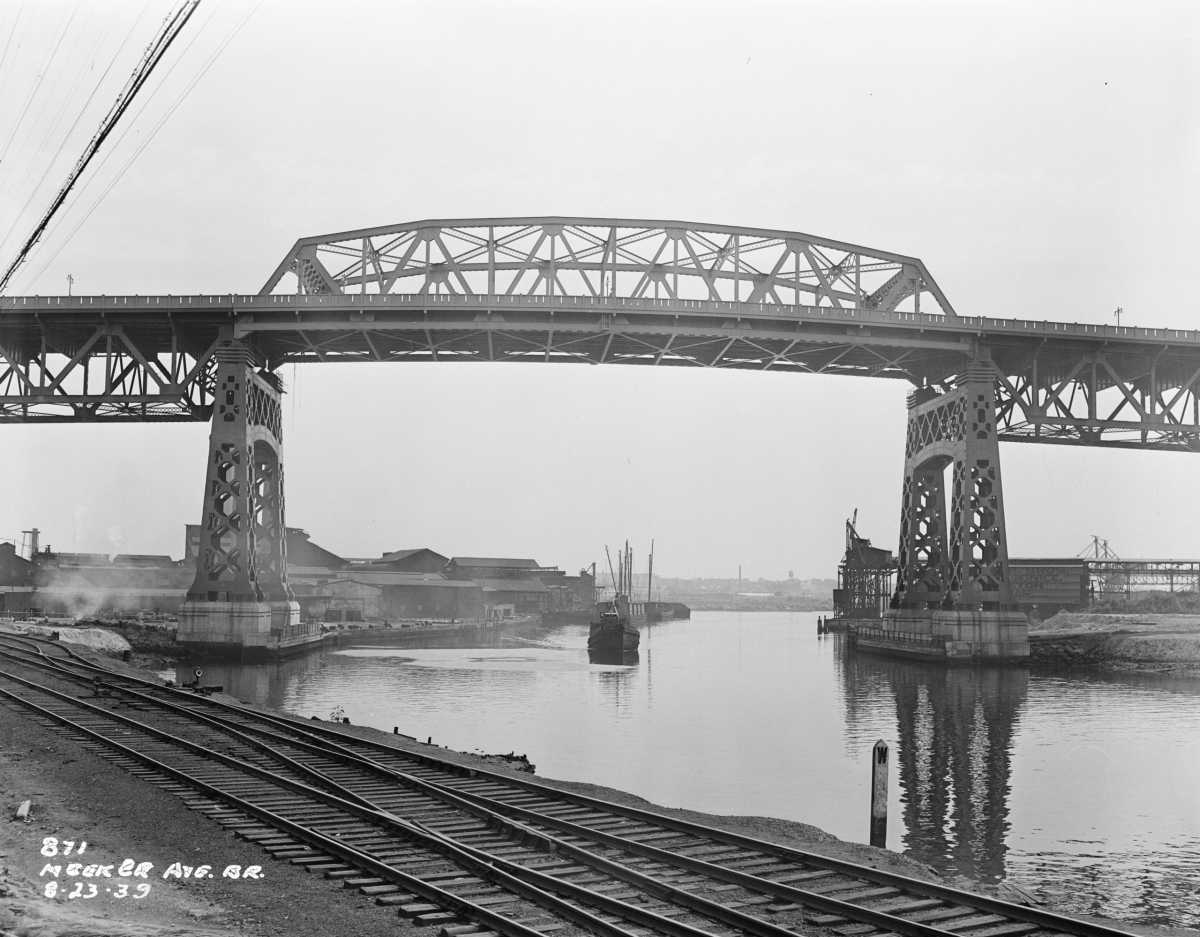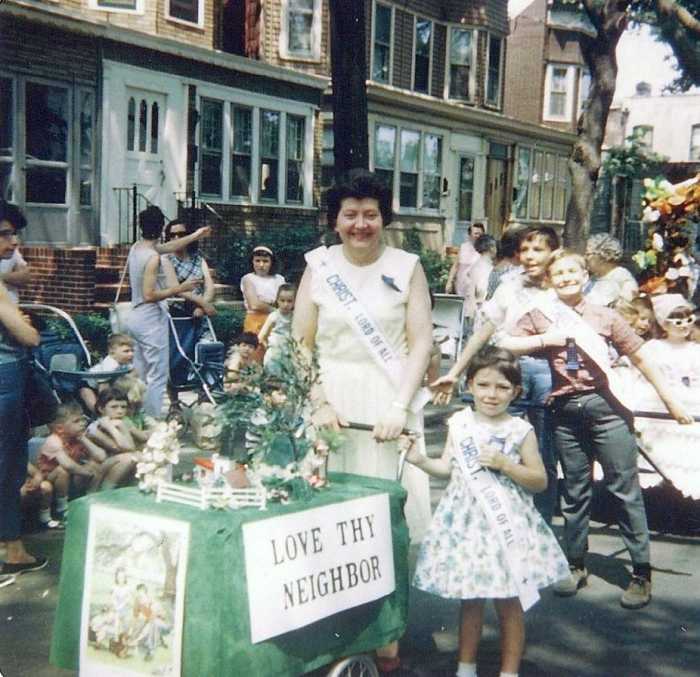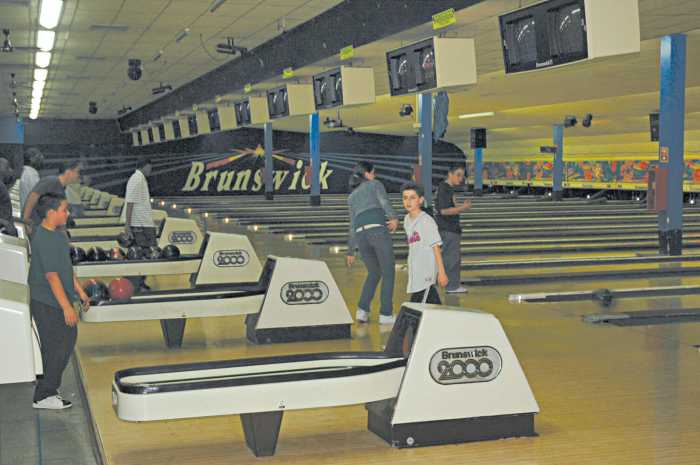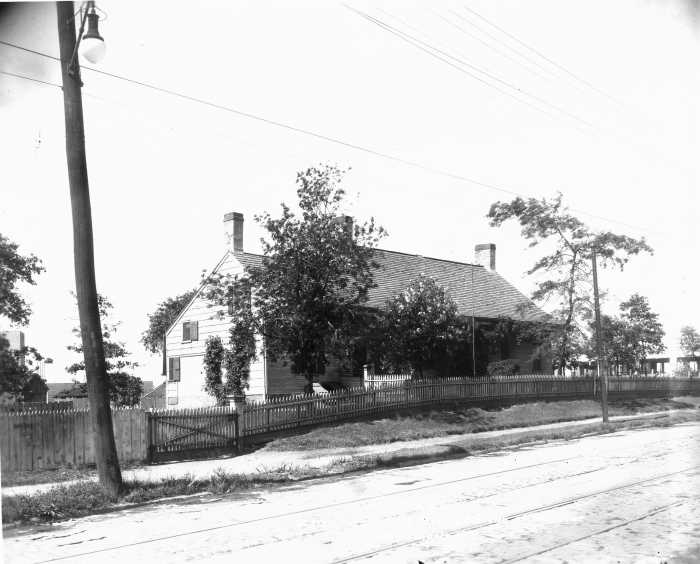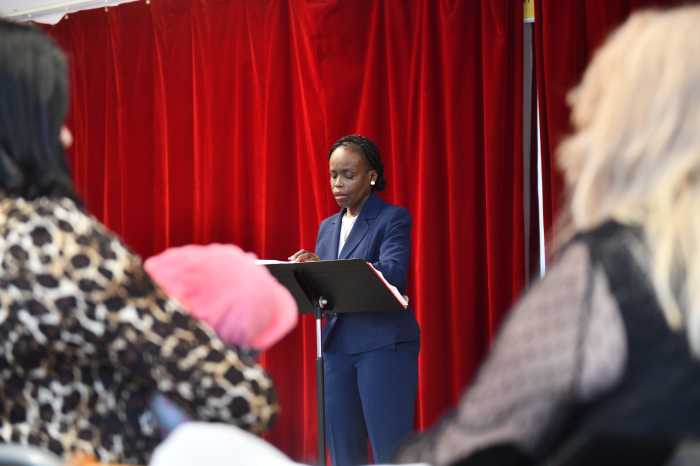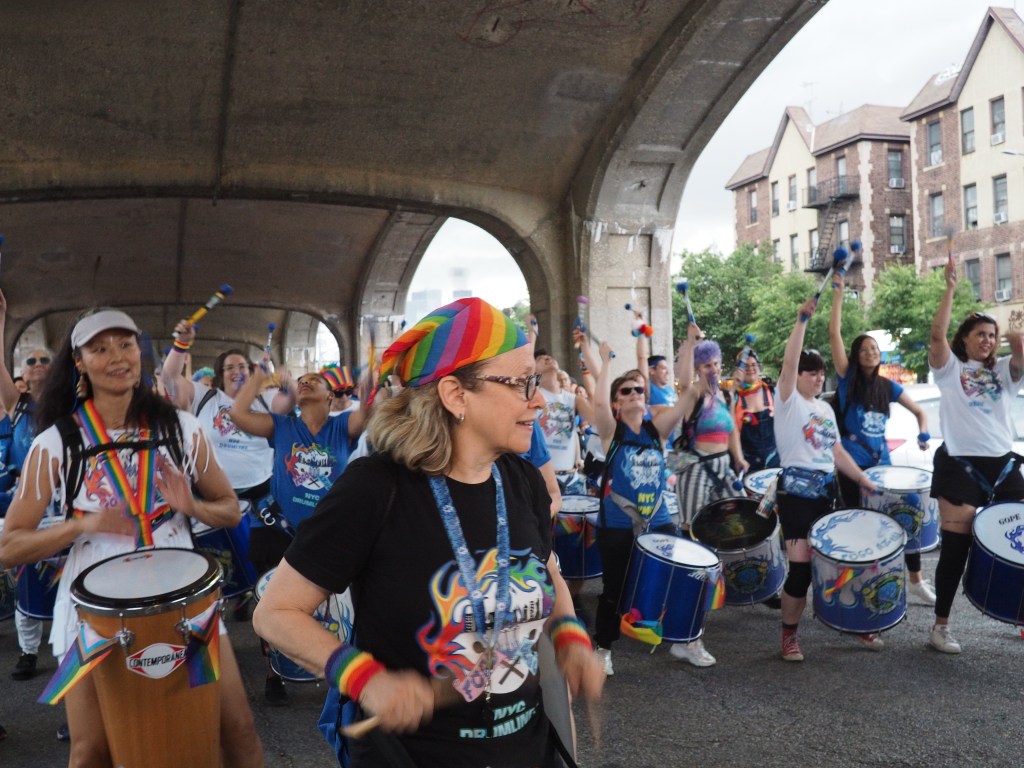This week, we continue our trip down the Newtown Creek, begun last week, to examine the various bridges that cross this important waterway that serves as the boundary between northern Brooklyn and Long Island City.
The Kosciuszko Bridge has been in the news quite often over the 15 years, and not just because of the traffic. In the last three years alone, brand new twin cable-stayed spans have replaced the singular metal albatross that soared over the creek and became a shining example of the city’s traffic problems.
Of all the spans that cross the creek, the Kosciuszko Bridge is the largest and most widely used span, largely because it carries the Brooklyn-Queens Expressway. Tens of thousands of vehicles have crossed one version of the bridge or another each day for decades.
Even though it cost taxpayers nearly a billion dollars to replace the steel span with the twin cable-stayed bridges, drivers aren’t charged a toll to cross it today. That wasn’t always true.
Turn the clock back nearly 220 years to when the first version of the crossing opened close to the Kosciuszko Bridge’s location, and you’ll find what was then known as the Penny Bridge. The name, as you might expect, derived from the fact that it cost passengers a penny to cross the span.
The toll bridge was established in 1803 through a state legislative act, and it became an important link for farming communities on both sides of the creek — connecting Brooklyn’s Meeker Avenue with Queens’ Review Avenue and Laurel Hill Boulevard.
Over the next 90 years, the bridge remained in private operation until the City of Brooklyn assumed control in 1896. Two years later, Brooklyn became a part of the Greater City of New York, and control of the bridge shifted to the New York City government.

The toll went away over time, and the bridge became known as the Meeker Avenue Bridge. But by the 1930s, with the active industrial area bringing in large ships, the city decided to replace the swing bridge with something taller and more sturdy.
The steel truss Meeker Avenue Bridge opened in August 1939 for a cost ranging between $6 and $13 million. It was built to be the area’s primary traffic generator, with three lanes in each direction as well as two sidewalks.
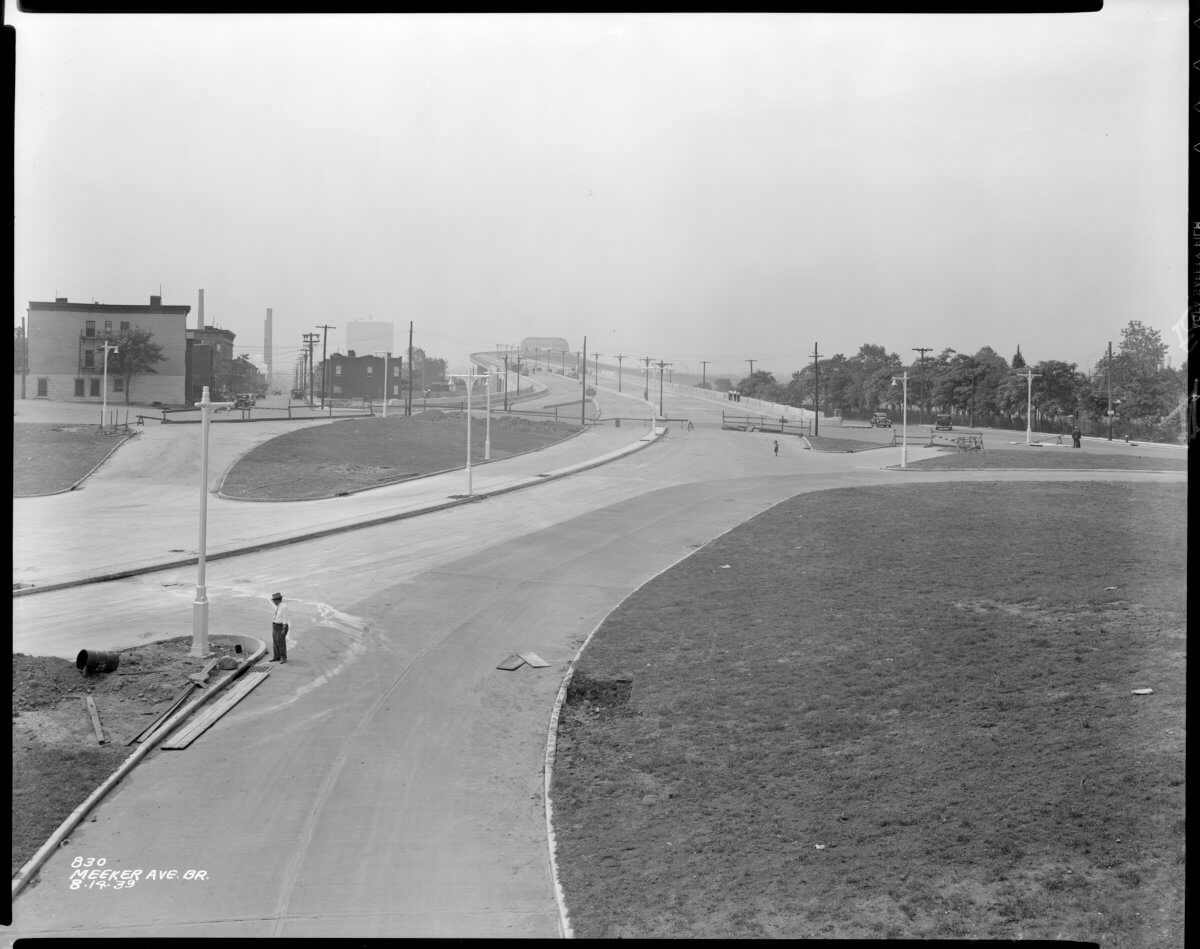
The construction of the bridge was a minor feat in and of itself. More than 16,000 short tons of steel and over 88,000 cubic yards of concrete were used for the network of girders, beams and supports.
A year later, in July 1940, the city renamed the Meeker Avenue Bridge as the Kosciuszko Bridge in honor of Tadeusz Kosciuszko, a Polish soldier who fought alongside the Patriots in the American Revolution. The bridge became a source of pride for Polish-American residents living on both sides of the creek.
More than 15,000 people attended the bridge renaming ceremony that then-New York Mayor Fiorello LaGuardia led on Sept. 22, 1940. The renaming took on greater significance because of World War II; by that point, Poland had been under Nazi German occupation for more than a year.
After the war, the Kosciuszko Bridge remained in place as the main link between Meeker Avenue and Laurel Hill Boulevard. But everything changed with the construction of the Brooklyn-Queens Expressway in the mid-1960s.
The bridge was incorporated into the roadway’s design, and the walkways were removed to accommodate additional traffic lanes on the span. With the completion of an interchange with the new Long Island Expressway, the span began seeing more traffic than ever before — in fact, more traffic than it was ever designed to handle.
The Kosciuszko was built to handle a maximum 10,000 cars a day. But by 2017, when the first new cable-stayed span opened, daily traffic on the steel bridge was up to 180,000 vehicles a day — of all sizes and types.

Needless to say, the heavy volume resulted in tremendous wear-and-tear on the Kosciuszko Bridge, which required constant maintenance in the latter years of the steel span’s life. The bridge’s odd format, with four lanes of traffic in each direction merging into three over the center span, resulted in a choke point that only exacerbated the congestion problem.
In 2009, after a series of meetings among local stakeholders over the past several years, the state Department of Transportation announced the steel Kosciuszko Bridge would be replaced by twin cable-stayed spans.
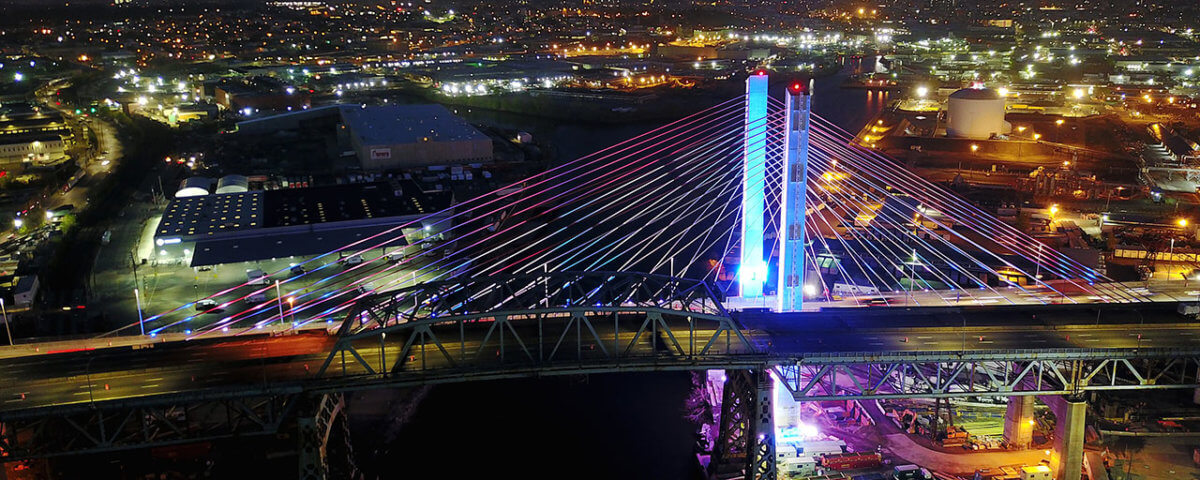
The structures were the first of its kind built in New York over the last decade, preceding the reconstructed Gowanus and Mario Cuomo (nee Tappan Zee) Bridges. The first cable-stayed span opened in April 2017, on the southern side of the existing bridge. All traffic was shifted onto the new span while crews began the laborious work of tearing down the steel structure, to make room for the second cable-stayed span.
In July 2017, the main truss of the bridge over the creek was lowered onto a barge and shipped to New Jersey for recycling. Three months later, the approaches were detonated and the debris cleared away within weeks.
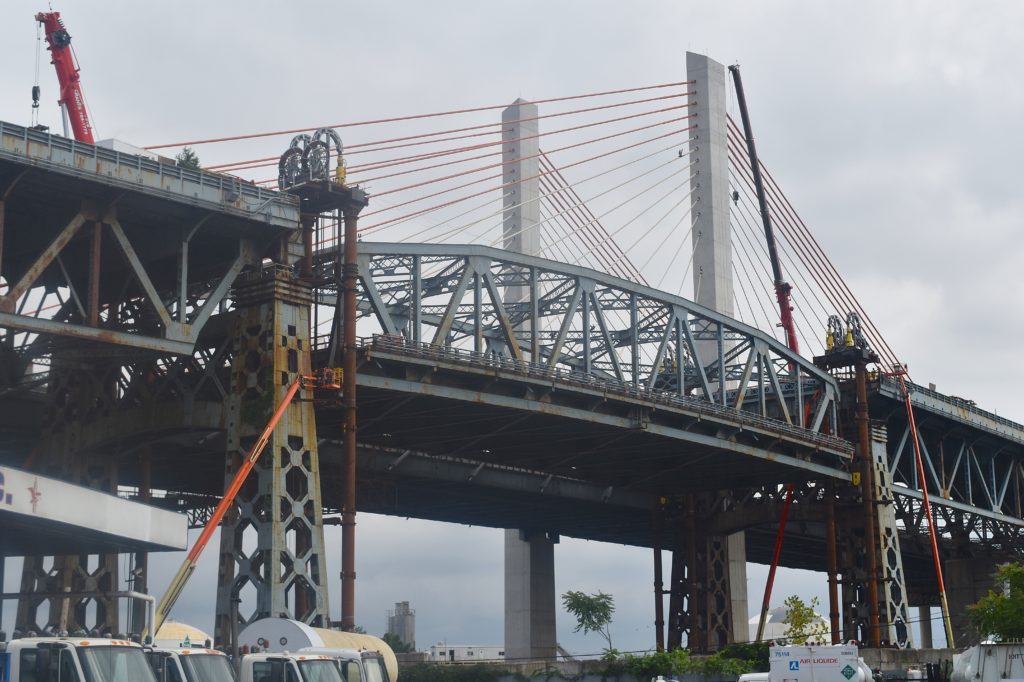
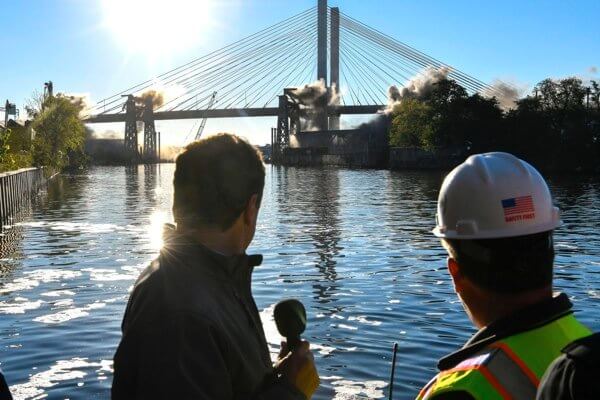
The second cable-stayed span rose in its place and opened on Aug. 29, 2019. All of the BQE’s westbound traffic were shifted to the newest bridge, while the eastbound traffic remained on the first span.
The newest span also includes a pedestrian and bike path, something that hadn’t been provided on the bridge in about four decades.
With four westbound lanes and five eastbound lanes, the bridge was thought to be the panacea to the Kosciuszko’s traffic woes. But lo and behold, right after the second span opened, there were plenty of reports of traffic tie-ups on the span.
Next week, we’ll look at the Metropolitan Avenue and Grand Street Bridges.
* * *
If you have any remembrances or old photographs of “Our Neighborhood: The Way It Was” that you would like to share with our readers, please write to the Old Timer, c/o Ridgewood Times, 38-15 Bell Blvd., Bayside, NY 11361, or send an email to editorial@ridgewoodtimes.com. Any print photographs mailed to us will be carefully returned to you upon request.

